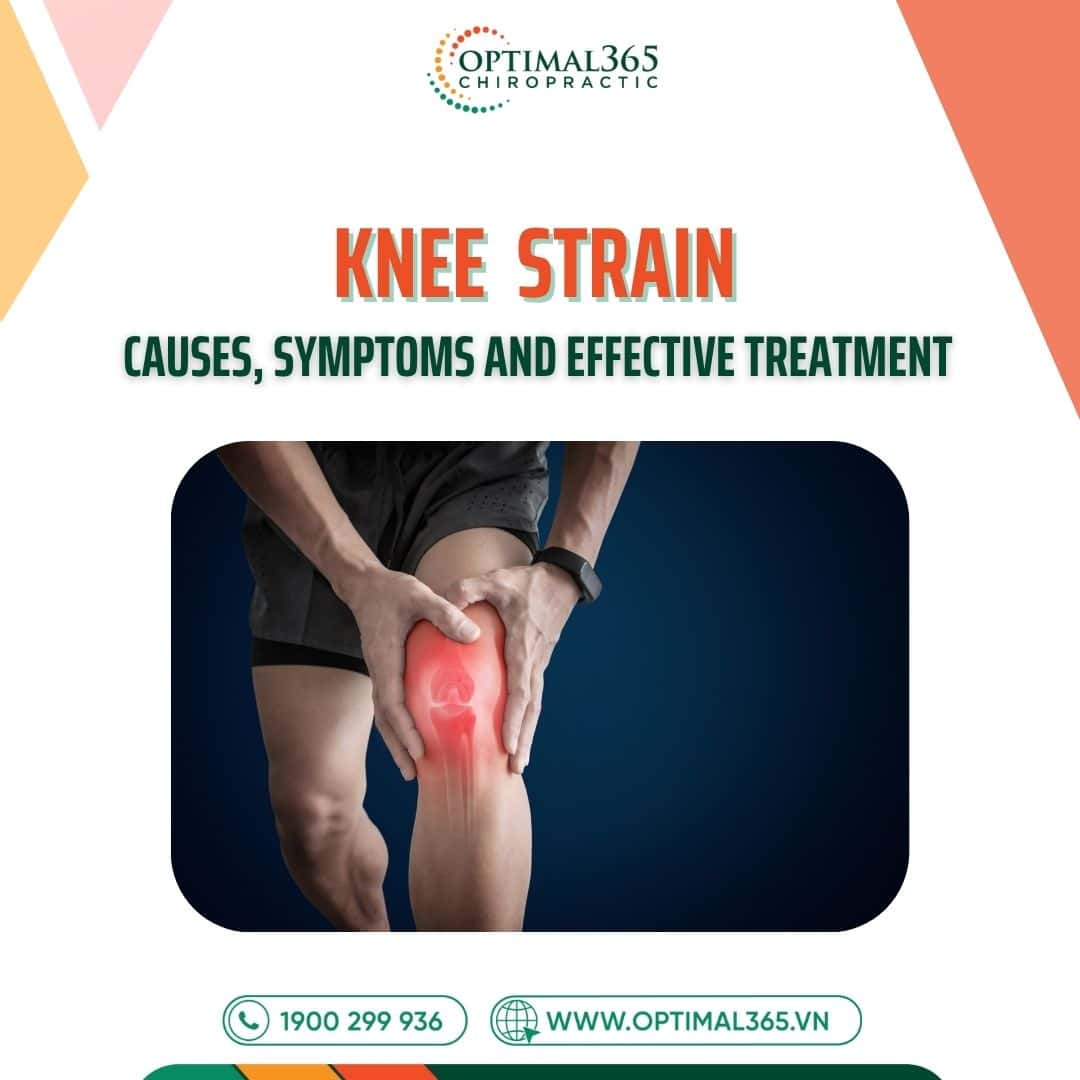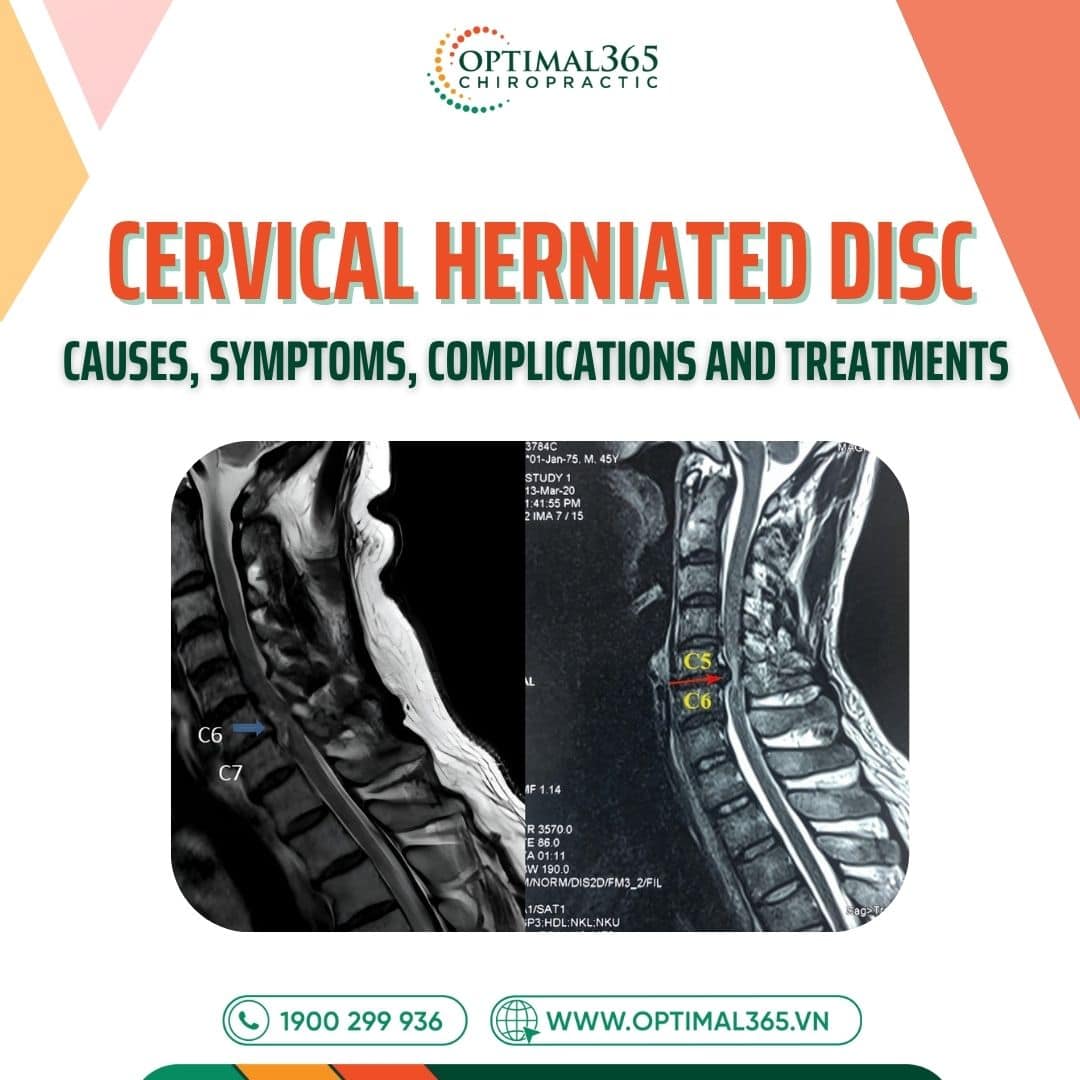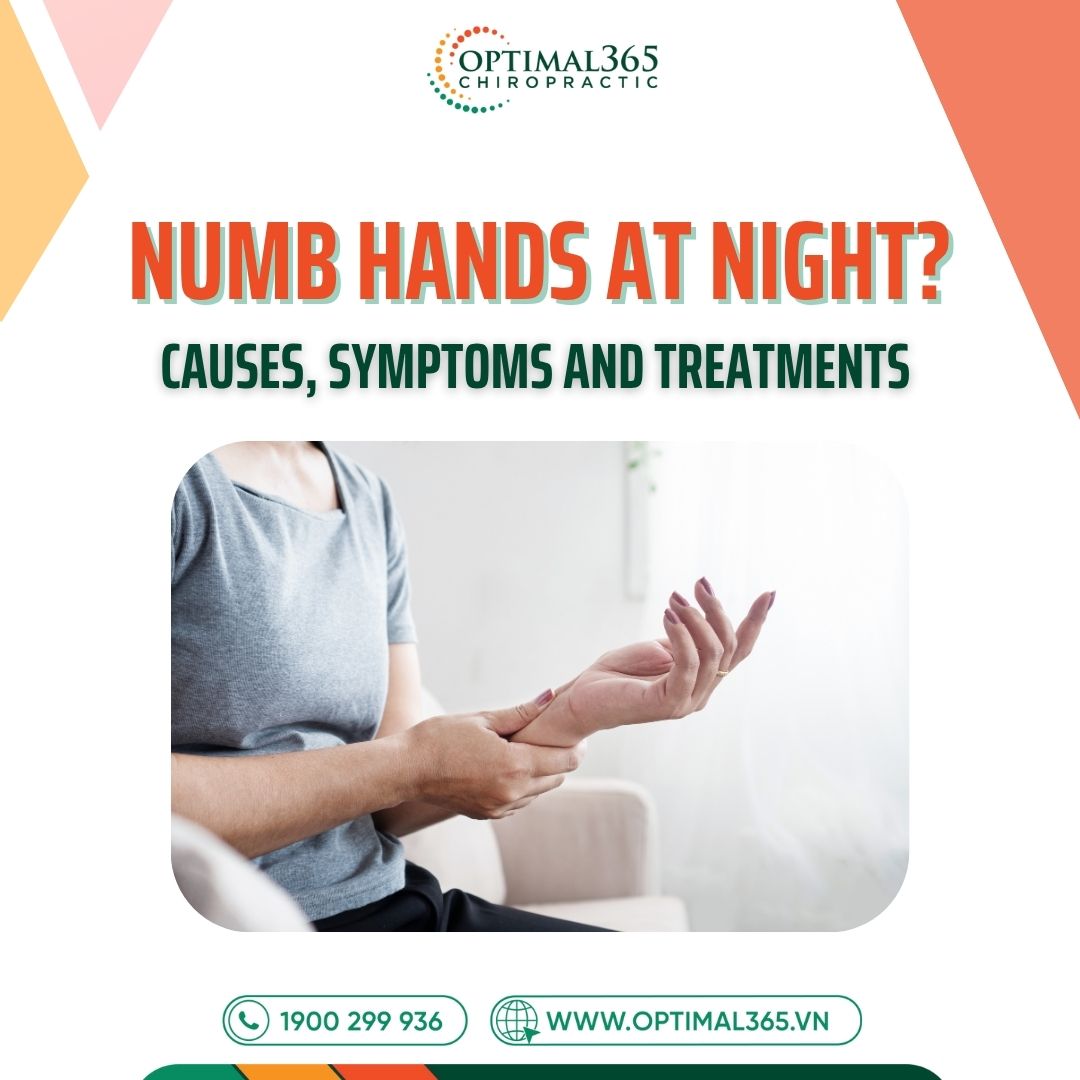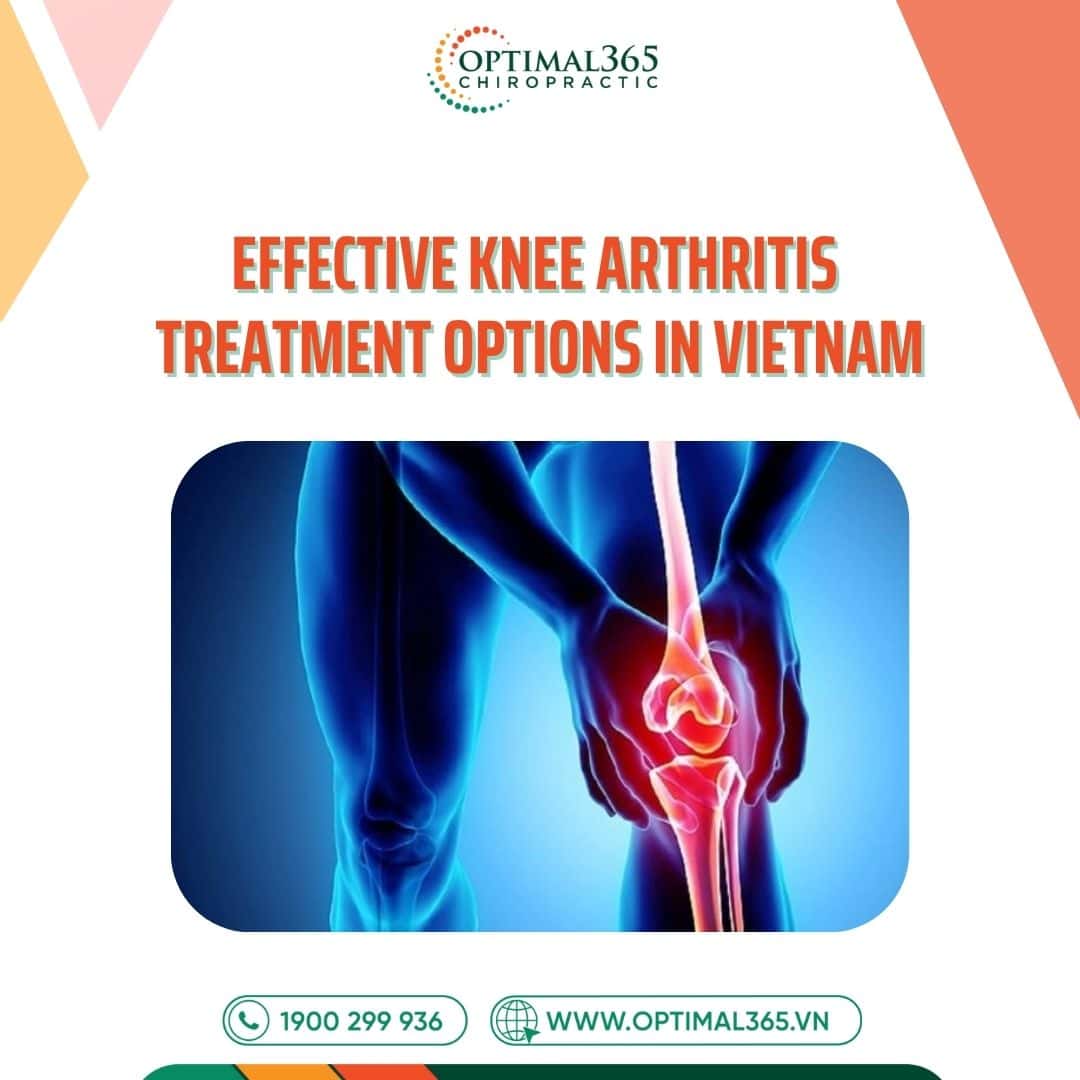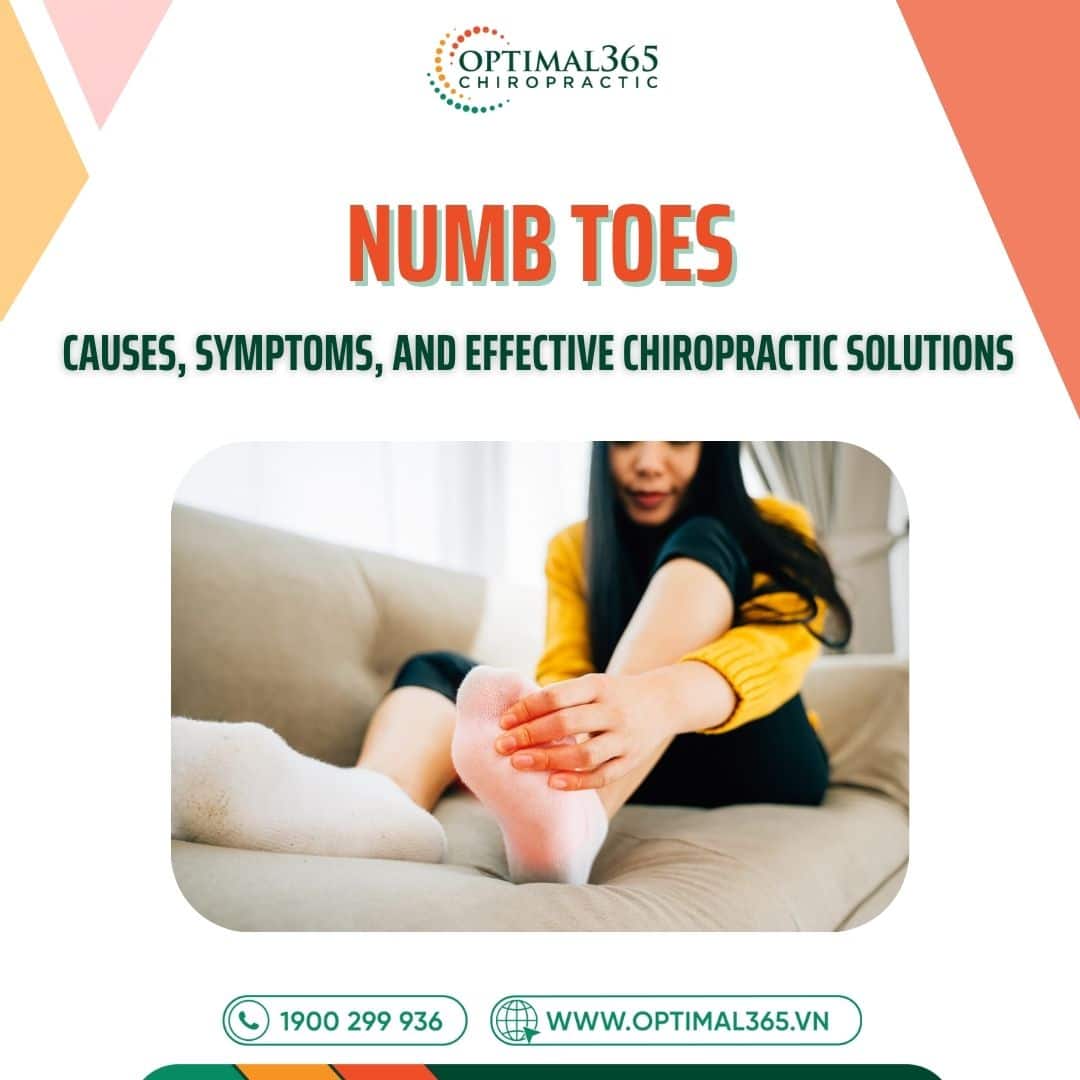Knee strain is a condition where the muscles around the knee joint experience excessive stress, leading to pain and limited mobility. This is a common issue, especially for people aged 30 to 50 who enjoy sports like soccer, running, or other high-intensity activities. Not only does it cause discomfort, but it also significantly impacts daily life quality and athletic performance.
What Is Knee Strain?
Concept and Classification
Knee strain occurs when the muscles surrounding the knee joint are overstretched or strained excessively, resulting in inflammation or muscle damage. It is one of the most common sports injuries, particularly for those who frequently engage in high-intensity activities requiring flexibility and muscle strength, such as soccer, running, or sports that demand agility.
Knee strain is classified based on the severity of the injury, including:
Mild knee strain: A mild sensation of pain and discomfort in the knee area, often appearing after intense exercise or inadequate warm-up. Individuals can still move normally but may struggle with movements that require muscle stretching.
Moderate knee strain: More intense pain than mild strain, possibly accompanied by slight swelling and joint stiffness. It limits knee joint mobility, making it difficult to bend or straighten the leg.
Severe knee strain: Intense pain, noticeable swelling, and potential bruising. In some cases, complete loss of knee function occurs, severely restricting or preventing knee movement.
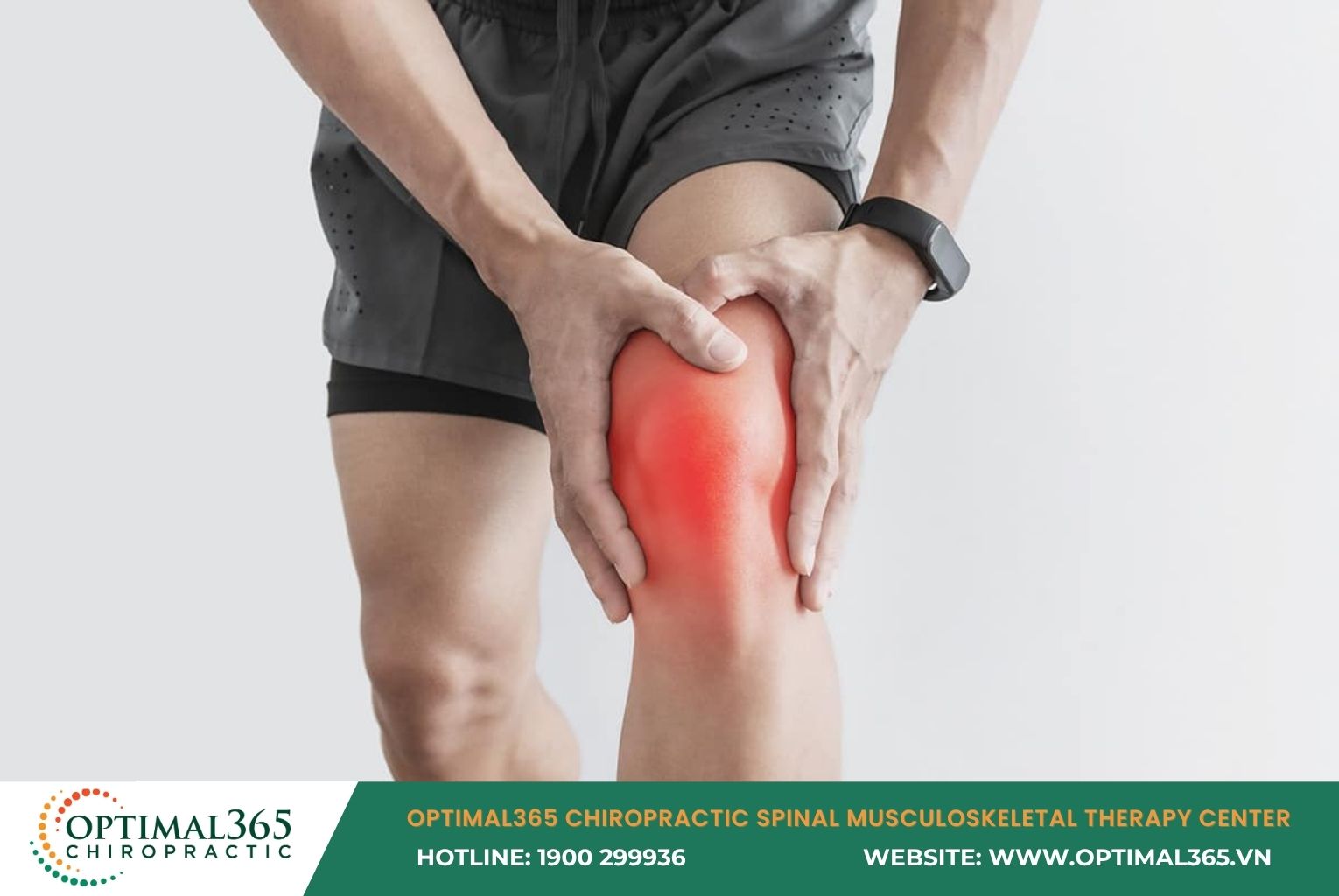
Differences Between Knee Strain and Other Knee Injuries
Knee strain is often confused with other injuries like ligament strains or arthritis due to similar symptoms. However, key differences help distinguish them, such as:
Knee strain vs. ligament strain:
- Causes: Knee strain typically results from overuse or improper warm-up, while ligament strain often stems from sudden twisting or directional changes in the knee joint.
- Symptoms: Ligament injuries cause immediate severe pain and swelling, along with joint instability. Knee strain may develop gradually after activity.
- Mobility: Those with ligament strains often struggle with balance and may hear a popping sound during injury.
Knee strain vs. knee arthritis:
- Causes: Knee strain involves muscle damage from vigorous activity, whereas knee arthritis is joint inflammation from autoimmune diseases, infections, or age-related degeneration.
- Symptoms: Arthritis features prolonged pain, swelling, and morning stiffness after rest. Knee strain causes immediate post-activity pain that improves with rest.
- Mobility: Arthritis affects overall joint flexibility, while knee strain impacts muscle use around the joint.
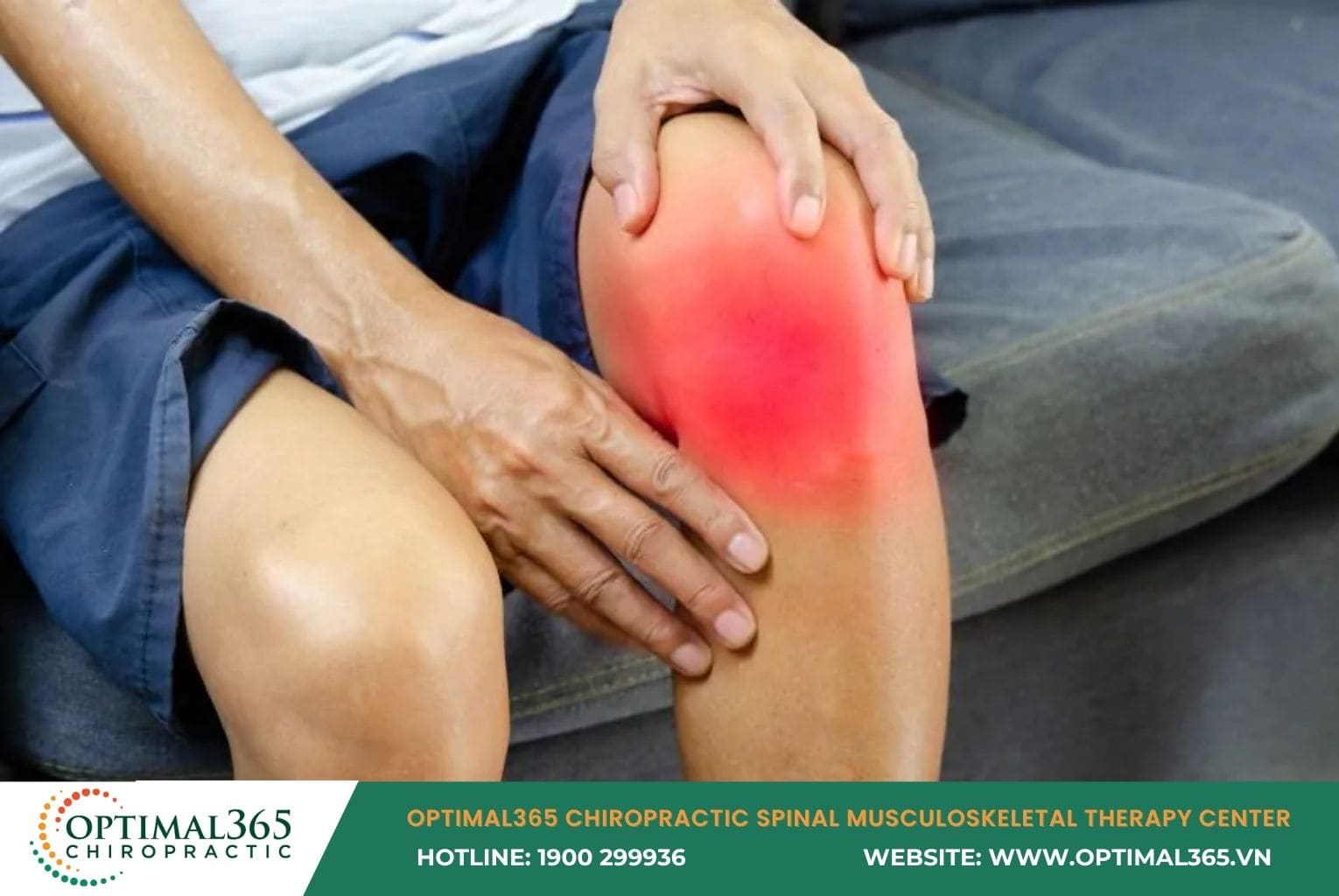
Causes of Knee Strain
Overexertion from Physical Activity
Overexertion is the primary cause of knee strain, especially for participants in sports demanding muscle flexibility and power, like soccer, running, or tennis.
Specific factors include:
- Inadequate warm-up: Skipping warm-up exercises that heat up muscles before activity increases strain risk.
- Sudden intensity increase: Muscles can’t adapt quickly to abrupt rises in workout intensity or volume, heightening strain chances.
- Repetitive movements without rest: Performing repeated actions multiple times daily without sufficient recovery leads to muscle fatigue and strain.
Unhealthy Lifestyle Habits
Unhealthy habits significantly contribute to knee strain. These not only affect overall health but also elevate muscle injury risks around the knee.
Specific factors include:
- Poor sitting posture: Prolonged sitting with incorrect posture, like slouching, pressures the front and back thigh muscles, leading to knee strain.
- Improper heavy lifting: Lifting heavy objects using hips instead of knees and hips increases stress on the knee joint and surrounding muscles.
- Lack of regular exercise: Insufficient physical activity weakens muscles, making them prone to strain during intense efforts.
Biological and Genetic Factors
Biological and genetic elements play a crucial role in knee strain susceptibility. Some individuals are more prone due to inherent muscle and joint structures.
Specific factors include:
- Unique knee anatomy: Imperfect knee structures, such as low tibia or weak ligaments, increase strain vulnerability.
- Family history: A family background of joint or muscle issues raises the likelihood of knee strain.
- Age: As age advances, muscles and ligaments lose elasticity and strength, making strain more likely during activity.
Symptoms of Knee Strain
Pain and Swelling
The first sign of knee strain is often intense pain in the knee area, lasting hours post-injury. Pain ranges from mild to severe based on strain degree. In serious cases, significant knee swelling and bruising occur, preventing self-walking and requiring assistance.
Limited Range of Motion
Another key symptom is restricted knee joint movement. Knee strain reduces mobility, making actions like bending or straightening the leg challenging. This affects not just sports but daily tasks like commuting or family care.
For example, after a severe knee strain, an athlete might struggle to bend the leg for a soccer kick or feel pain rising from a seated position.
Tightness or Burning Sensation
Individuals with knee strain often feel tightness or a burning ache in the surrounding muscles. This indicates stressed muscles needing rest. The sensation may persist post-activity, especially after high-intensity workouts without proper warm-up.
For instance, after a rigorous gym session, you might experience knee tightness and burning due to incomplete muscle recovery.
Treatment Methods for Knee Strain
Physical Therapy Approaches
Rest and Load Reduction
Initial knee strain signs include severe pain and swelling. Rest is the most vital measure to ease knee pressure, allowing muscle recovery time. For regular athletes, adjusting training schedules prevents recurrence. Rest reduces pain and averts further muscle and ligament damage.
Applying Ice and Heat Therapy
- Ice application: Immediately post-injury, apply ice to the affected area for 15-20 minutes per session to reduce swelling and pain. Ice constricts blood vessels, limiting blood flow to the injury site, thus curbing inflammation.
- Heat application: After the first 48 hours, use heat packs to relax muscles and boost circulation. Heat eases joint stiffness and enhances flexibility, speeding muscle recovery.
Using Compression Bandages or Knee Braces
Compression bandages or knee braces effectively support by stabilizing the joint, reducing pain, and limiting harmful movements. This is crucial for active individuals, preventing recurrence and maintaining knee stability.
You might also be interested in: 14 Ways to Prevent Injuries in Physical Education and Sports
Medical Intervention Approaches
Pain Relievers and Anti-Inflammatories
Using pain relievers like paracetamol or non-steroidal anti-inflammatory drugs (NSAIDs) effectively alleviates pain and inflammation. Always follow doctor guidance to avoid side effects. NSAIDs not only relieve pain but also reduce swelling, improving knee mobility.
Physical Therapy and Rehabilitation
Physical therapy is essential in knee strain treatment. At Optimal365 Chiropractic, experts employ advanced techniques to strengthen muscles and enhance knee flexibility. Customized rehab exercises promote swift, effective recovery while preventing future injuries.
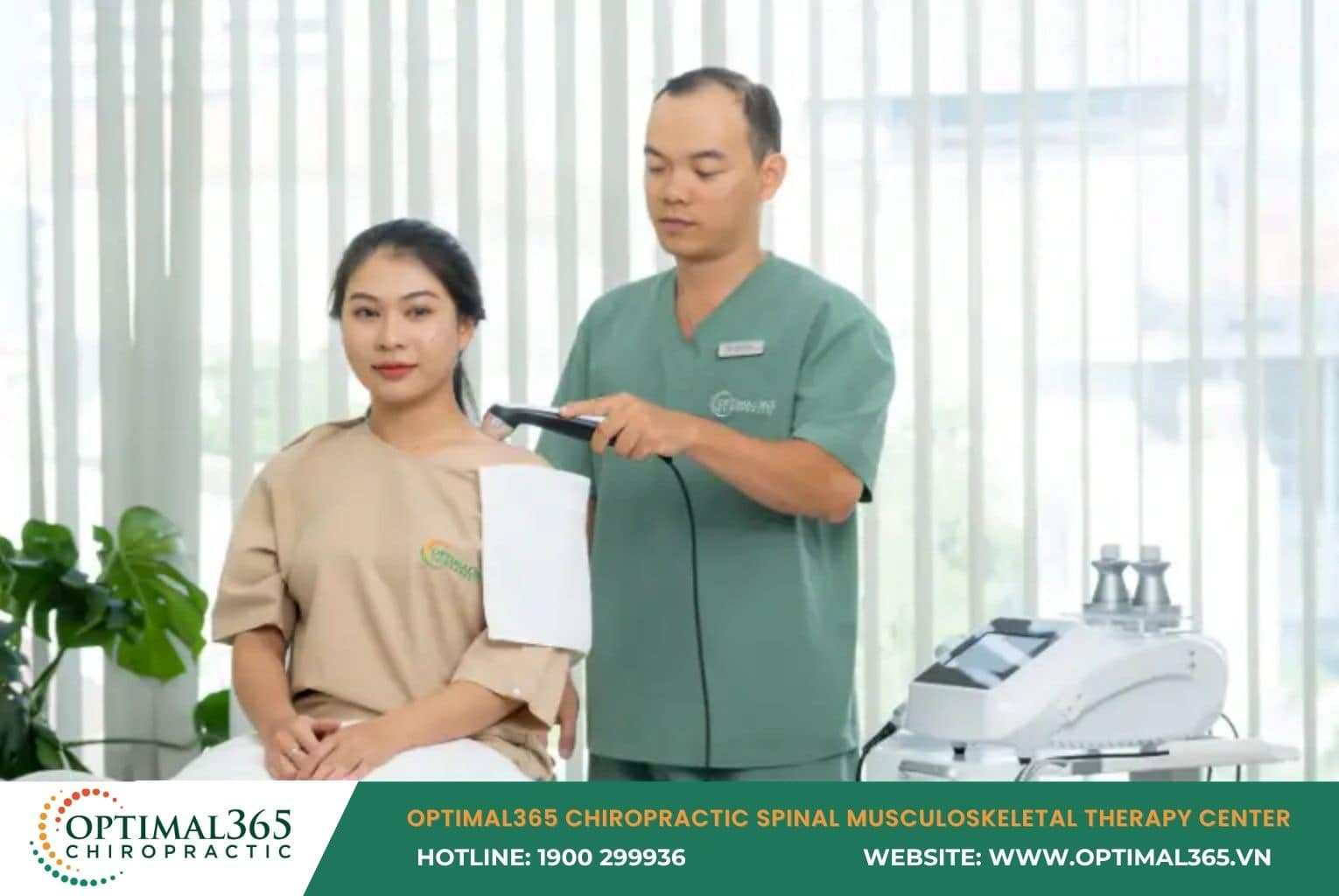
Optimal365 Chiropractic emphasizes routine musculoskeletal health screenings for athletes. This ensures natural, safe, optimal treatments, supporting an active, healthy lifestyle.
See more: Musculoskeletal and Spinal Disorders: Comprehensive Treatment Solutions at Optimal365 Chiropractic
Conclusion
Knee strain is a common yet preventable and treatable issue through understanding causes, recognizing symptoms, and applying appropriate treatments.
If you’re dealing with knee strain, schedule a consultation with Optimal365 Chiropractic experts for the best support.



